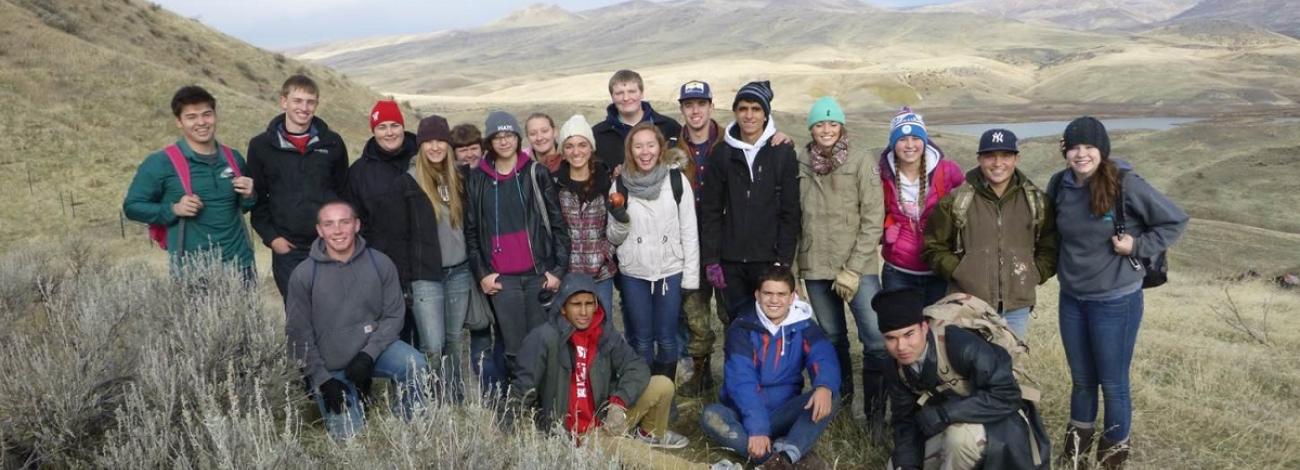
Seeds of Success and Partnerships Restore Pollinator Habitat for Rare Idaho Endemic Plant

Packard’s milkvetch is one of Idaho’s rarest plants. It occupies only about 10 square miles of the Big Willow and Little Willow Creek drainages of Payette County in southwest Idaho. It's habitat is threatened by wildfire, invasive weeds, off-highway vehicles and livestock grazing. BLM and partners are using key conservation efforts to restore and protect the habitat by: protecting intact populations, restoring the surrounding pollinator habitat by increasing the number and diversity of native forbs and shrubs and reintroducing packard’s milkvetch into unoccupied, suitable areas.
To accomplish this, BLM is collecting native seed with help from the Seeds of Success program. The seed is also being grown-out into plant plugs and installed within designated restoration areas. In Idaho, the BLM works proactively with Utah State University and the Agricultural Research Service to monitor native bee species to determine species diversity and interaction with the forbs and reproductive success of packard’s milkvetch. This engagement with partners is helping to accelerate the ecological recovery and persistence of packard's milkvetch.
Conservation actions include: 1) reduction of the primary threat (i.e. off- highway vehicle use) and secondary effect – livestock grazing, 2) overall population increase documented by monitoring, 3) the species’ overall stable population status over a five-year monitoring period and, 4) agreements that guide and confirm BLM's commitment to species conservation. BLM provided US. Fish and Wildlife Service with the rational to identify packard's milkvetch as no longer warranting listing under the Endangered Species Act.
In 2015 and 2016, BLM completed further restoration and seeding of native forbs and grasses including pollinator-friendly plant species like pale milkweed, hawksbeard, bitterbrush and 100 packard’s milkvetch seedlings. These seedlings planted had a robust survival rate of 75%.
Moving forward, seed will be increased and more treatments may incorporate the use of bio-control agents (soil bacteria) to reduce invasive weeds in proximity and within the packard's milkvetch habitat.
